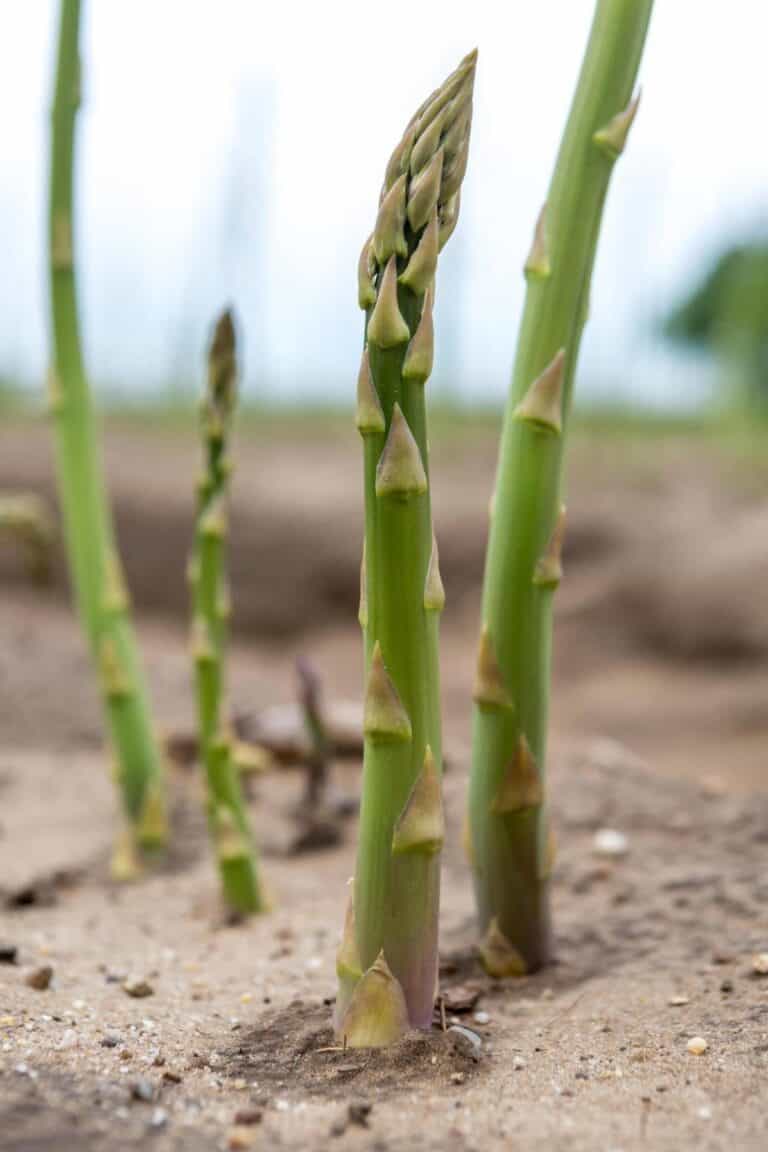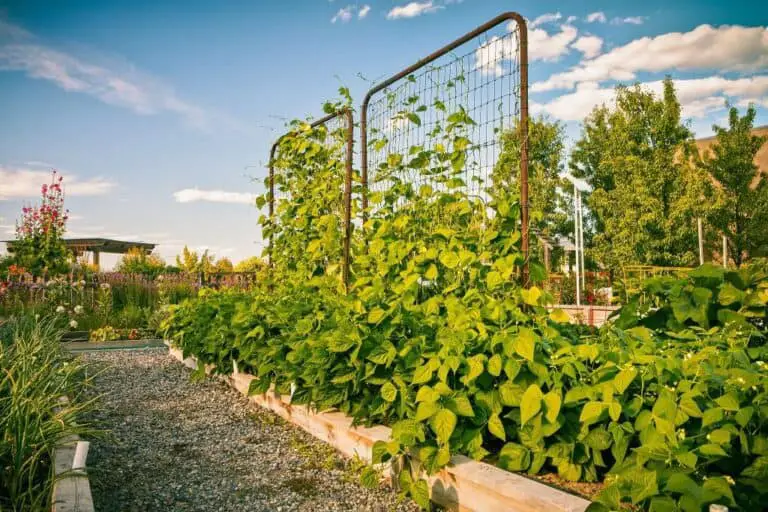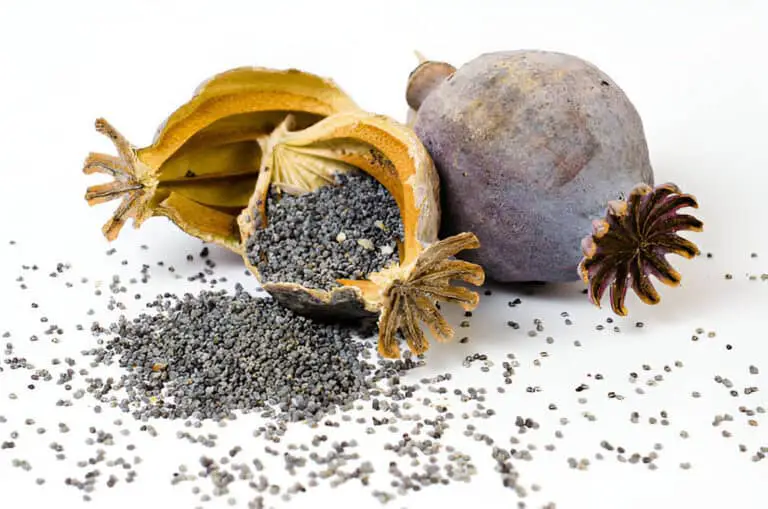The Pros and Cons of ‘Topping’ an Oak Tree : A Gardener’s Dilemma
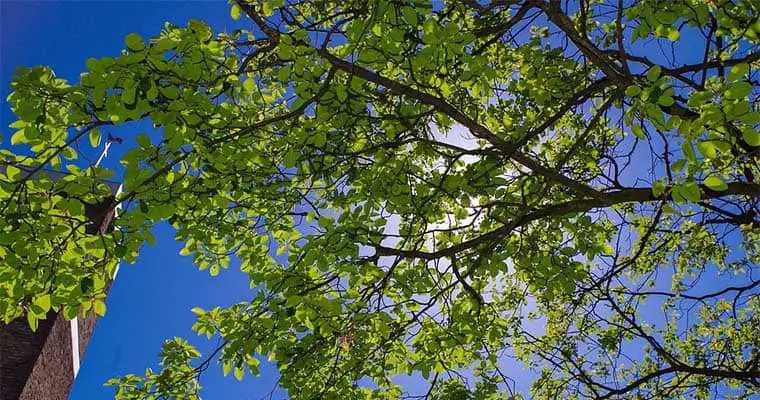
Is an overgrown oak tree in your landscape causing you problems?
Maybe it’s blanketing your lawn with acorns – some oaks can drop 10,000 acorns per year – or perhaps its large branches are overhanging your front porch.
In cases such as these, many homeowners assume that topping the problematic oak tree is the best approach. While topping may work, it has both advantages and disadvantages.
When it comes to caring for oak trees, topping often raises eyebrows among seasoned gardeners. As someone who has dabbled in tree care over the years, I’ve seen my fair share of discussions—some heated—about the merits and pitfalls of this controversial practice. So, let’s dig into the nitty-gritty of topping an oak tree, weighing the pros and cons while keeping our branches intact.
What Does “Topping” Mean?
Before we dive deeper, let’s clarify what topping actually means. Topping refers to the process of cutting back a tree’s branches to stubs or reducing its height significantly. Imagine trying to give a haircut to a giant tree; the results can be dramatic and sometimes not in the tree’s best interest. While some folks think topping can rejuvenate their oak or control its size, others see it as a ticket to disaster.
The Practice of Topping an Oak Tree
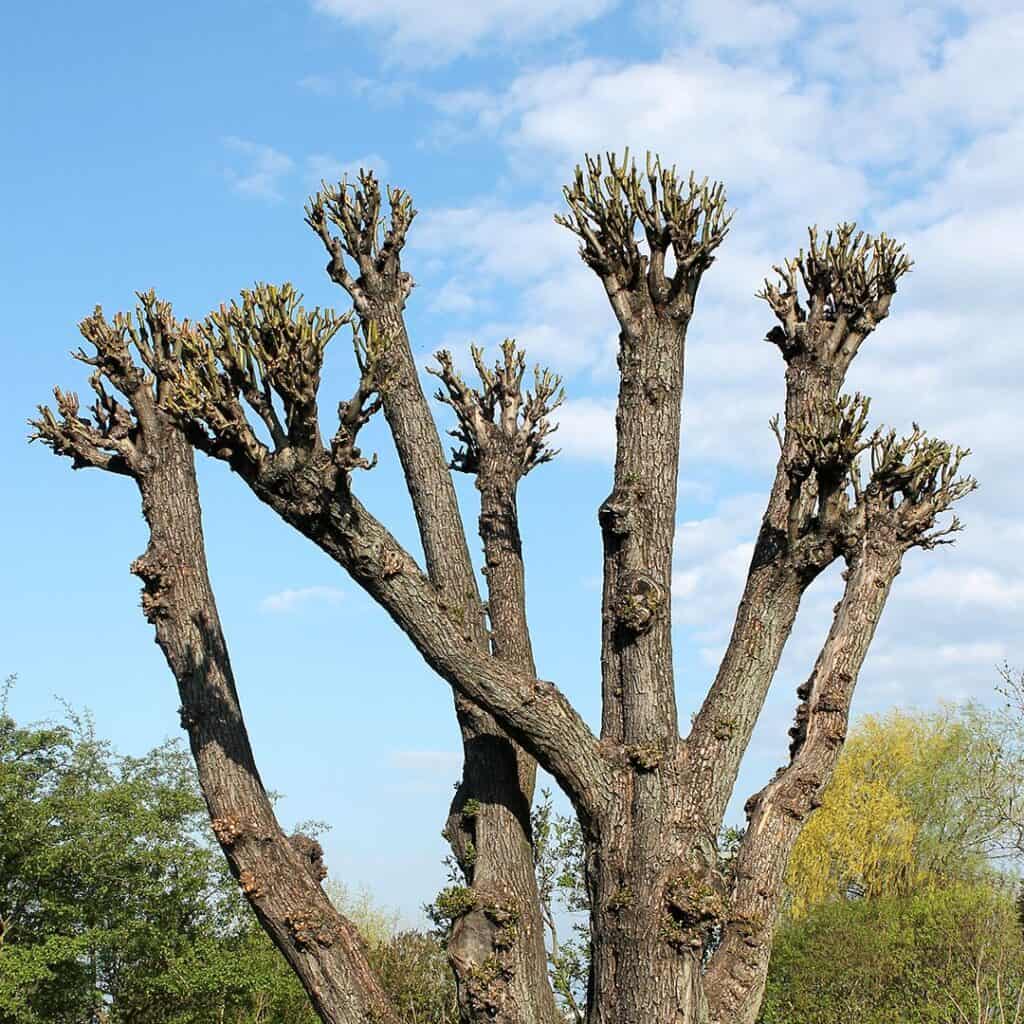
Pros: Why Some Gardeners Choose Topping
Despite its controversial reputation, topping does have its fans. Here are some reasons why some gardeners opt for this method:
- Control Over Size: For homeowners with limited space, topping can help keep oak trees from growing too tall or wide. This is especially handy when the tree is too close to a building or power lines.
- Improved Light Penetration: If you’re growing a garden or other plants beneath an oak tree, topping can let more sunlight filter through. Oak trees can be notoriously dense, blocking out essential light for your plants.
- Safety Concerns: A tree that towers too high might pose risks during storms. Topping can remove hazardous limbs that could fall and cause damage.
- Cleaner Lawn: Topping an oak tree will promote a cleaner lawn. Not to be confused with pruning, topping involves the complete removal of the top of a tree. By removing all the top branches, the oak tree won’t drop as many oak tree’s acorns or shed as many leaves. The branches will likely regrow, but it can take years or even decades for this to occur.
- Improved Aesthetics: In addition to promoting a cleaner lawn, topping can improve the aesthetics of an oak tree. When left unchecked, oak trees will grow a large and dense canopy that looks somewhat disheveled. If the oak tree is directly in front of your home, this may negatively impact your home’s curb appeal.
Cons: Why Topping Can Be Harmful
While there are some potential benefits, the drawbacks of topping can outweigh the positives for many gardeners. Here’s what I’ve learned through my gardening journey:
- Increased Vulnerability to Disease: Cutting back an oak tree can expose it to pathogens. The open wounds created by topping can become entry points for diseases and pests. For example, oak wilt, a deadly fungal disease, can spread rapidly through injured trees.
- Disruption of Natural Growth Patterns: Topping often leads to unnatural growth patterns. Instead of a strong, single leader, trees can develop weak branches that grow at awkward angles. This can make them susceptible to breakage during storms.
- Aesthetic Concerns: Let’s face it—topped trees can look ragged. Instead of a majestic oak, you may end up with a tree that resembles a lollipop, losing its natural beauty and grace.
- Potential for Increased Growth: Surprisingly, topping can encourage rapid regrowth. While you might think you’ve solved your height problem, new shoots can sprout more vigorously, leading to a tree that’s even bushier than before.
- Stress Sprouts: Furthermore, topping an oak tree can lead to the production of many small sprouts on and the trunk. Known as stress sprouts, trees develop them when suffering from extreme stress. The sprouts will quickly grow in an effort to keep the tree alive. This means you’ll have to spend even more time maintaining the oak tree.
Signs That an Oak Tree Has Been Improperly Topped
Oak trees that have been improperly topped exhibit several distinct signs indicative of poor treatment. Here are the key indicators:
1. Unnatural Appearance
- Broom-like Branches: Topped oaks often display a broom-like pattern of new growth, characterized by multiple thin, upright branches emerging from the stump areas.
- Stubbed Stems: Large, exposed stems where major branches were cut, giving the tree an unnatural and unsightly appearance.
2. Poor Structural Integrity
- Weak Branch Attachment: The new growth produced by the tree after topping tends to be weakly attached to the main branches, making them prone to breaking in wind or snowstorms.
- Limb Failure Risk: Over time, these weak attachments can lead to limb failures, posing risks to people and property.
3. Health Decline
- Nutrient Starvation: Removing a significant portion of the canopy disrupts the tree’s ability to perform photosynthesis, leading to nutrient starvation and weakening the tree.
- Susceptibility to Diseases and Pests: Exposed wounds from topping leave the tree vulnerable to insect invasions and fungal infections, which can spread throughout the tree.
4. Sunscald Wounds
- Large Open Wounds: The abrupt removal of branches exposes inner tissues to sunlight, causing sunscald injuries that are hard for the tree to recover from. These wounds are highly susceptible to infection and decay.
5. Maintenance Challenges
- Frequent Pruning Needs: To manage the rapid growth of weak branches, regular pruning becomes necessary, adding to the long-term maintenance costs and effort involved in keeping the tree healthy.
6. Reduced Property Value
- Loss of Natural Beauty: Topped trees lose their natural form and beauty, negatively impacting the aesthetic appeal of landscapes and potentially lowering property values.
These signs collectively indicate that an oak tree has undergone improper topping, highlighting the importance of avoiding this practice altogether and opting for professional, targeted pruning methods instead.
Alternative Approaches to Tree Maintenance
Given the risks associated with topping, many gardeners are now exploring alternative approaches to maintaining oak trees. Here are a few methods that might serve you better:
Pruning
Pruning involves selectively removing branches to enhance the tree’s structure and health. Unlike topping, which removes large sections, pruning targets specific branches. This approach can help promote a healthy growth pattern while reducing the risk of disease.
Thinning
Thinning is another option worth considering. This technique focuses on removing specific branches to improve air circulation and light penetration without drastically reducing the tree’s height. Imagine giving your oak tree a gentle haircut instead of a drastic chop!
Cabling and Bracing
If you’re worried about your oak tree’s stability, cabling and bracing can offer support without the need for topping. These techniques use cables and rods to stabilize weak branches, allowing the tree to grow naturally while providing added support.
Final Thoughts: Making the Right Choice for Your Oak Tree
As with many things in life, the choice to top an oak tree isn’t black and white. It’s essential to weigh the pros and cons based on your specific circumstances, including the health of the tree, your landscaping goals, and any safety concerns you might have.
If you do decide to top your oak tree, I strongly recommend consulting with an arborist or tree care professional. They can provide valuable insights tailored to your tree’s unique needs. After all, our trees deserve the best care, and a well-maintained oak can be a source of beauty and shade for years to come.
Remember, whether you’re growing your garden or nurturing a tree, it’s all about finding balance. Just like life, a well-cared-for oak tree can thrive with the right approach, giving you a stunning natural display and a haven for local wildlife. Happy gardening!



